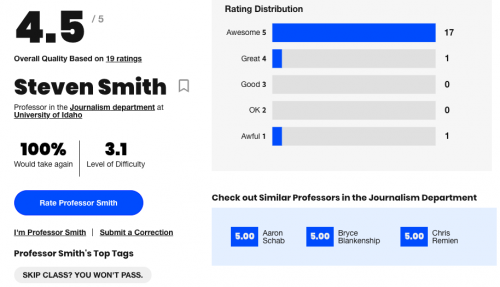You want to know where all these “health” cranks will take you?

If you have a rash…pee on it…
If you have a cut or scar….pee on it.
Want clearer skin….pee on it
Want to feel better….drink your pee
Fasting….drink your pee….
Eye problems?…..take a glass dropper snd pee in it. Every night before bed drip it in your eyes. And in the morning when you wake! Watch your eye strain vanish! Wanna go a step further? How about programming it! Write on a label “Heal eyes/Clear vision”
Notice how in desperate situations when we are stuck in a desert or on a boat we drink our urine and it keeps us alive!! If it was some toxic poison it would kill us! Instead it gives life to go on!! Wake up…. Your urine is the most potent remedy to all your issues and you ignore it. Drink it.
Please don’t do any of that…except that I guess it’s OK to write whatever you want on a label. It just won’t do anything.
If you’re stranded on a desert island, drinking urine won’t keep you alive — it will make your situation worse.
The most common reason for drinking urine in movies and pop media is to stave off dehydration. If someone is lost at sea or deep in the desert, they are sometimes depicted as drinking their own urine to preserve moisture. This is highly unlikely to actually help.
The average adult’s urine contains a significant amount of salt, which gets much more concentrated if you become dehydrated. Dehydrated individuals can quickly reach excessive levels of sodium in their urine.
Consuming more sodium is linked to increasing your thirst. Higher levels of sodium in your body quickly lead to feeling thirstier. By drinking urine, which contains a high concentration of sodium, you can quickly develop a negative feedback loop in which you feel thirstier despite drinking liquids.
Sweating can increase the risks associated with drinking urine. Typically, sweating releases water and salts from your body. When you’re also losing salt in your urine, your electrolyte levels stay balanced. However, when you’re re-consuming the salts from your urine, you are concentrating salts inside your body and making your thirst worse. The field manual for the US Army explicitly recommends avoiding drinking urine as a form of hydration, even in emergency situations.
I think the US Army Field Manual is evidence-based, unlike anything Damien Michaels Extreme says. I predict that Damien Michaels Extreme stinks.









